
Why Tire Pressure Matters — Performance, Comfort, Safety
Maintaining the correct tire pressure is one of the simplest yet most important parts of bicycle care. Whether you ride a road bike, mountain bike, or e-bike, your PSI of bicycle tires directly affects how fast you roll, how smooth your ride feels, and how safe you are on the road or trail. Underinflated tires can lead to sluggish performance, pinch flats, and unstable handling, while overinflated tires reduce traction and make every bump feel harsh. By understanding the ideal PSI of bicycle tires range for your bike and weight, you can dramatically enhance performance, extend tire lifespan, and enjoy a more comfortable and controlled ride. In short — the right tire pressure isn’t just a technical detail, it’s the foundation of every great ride.
What Is the PSI of Bicycle Tires?
PSI of bicycle tires stands for “pounds per square inch”, a standard unit used to measure the air pressure inside your bike tires. This measurement tells you how firm or soft your tires are — higher PSI of bicycle tires makes a tire harder and more rigid, while lower PSI of bicycle tires results in a softer, more flexible tire. Understanding and maintaining the correct tire pressure is essential for optimal performance, comfort, grip, and safety. The ideal PSI of bicycle tires varies depending on several factors, including your body weight, tire width, bike type, and the terrain you ride on.
Why PSI Is Important
-
Performance: Proper tire pressure allows your bike to roll efficiently, balancing speed and energy use. Over- or under-inflated tires can slow you down and make pedaling harder.
-
Grip: Lower PSI of bicycle tires increases the tire’s contact with the ground, improving traction for better cornering and braking. High-pressure tires reduce contact area, which can compromise grip, especially on uneven surfaces.
-
Comfort: Tires with lower PSI of bicycle tires absorb shocks, vibrations, and bumps from roads or trails, offering a smoother ride. Hard, over-inflated tires transmit more bumps directly to the rider.
-
Puncture Resistance: Correctly inflated tires help prevent flats. Over-inflated tires are more likely to get damaged by sharp impacts, while under-inflated tires are prone to “pinch flats,” where the tube is pinched between the rim and an obstacle.
By understanding what PSI of bicycle tires means and how it affects performance, grip, comfort, and durability, you can ensure a safer, smoother, and more efficient ride every time.
Key Factors That Influence the Ideal PSI for Your Bicycle Tires
Finding the perfect PSI of bicycle tires isn’t just about inflating them to the maximum number listed on the sidewall. Several factors affect what pressure will give you the best balance of performance, comfort, and safety:
1. Rider Weight
Heavier riders naturally place more load on the tires, so higher PSI of bicycle tires is often necessary to prevent pinch flats and maintain proper support. Lighter riders can safely ride at lower pressures, which can improve comfort and traction.
2. Tire Width
The width of your tires plays a significant role in determining optimal pressure. Wider tires can handle lower PSI of bicycle tires while maintaining stability, making them ideal for mountain bikes or gravel bikes. Narrow tires, common on road bikes, usually require higher PSI to avoid excessive rolling resistance and maintain shape.
3. Riding Surface
Smooth asphalt allows for higher pressures to maximize speed, while rough trails or cobblestones often call for lower PSI of bicycle tires to absorb shocks and improve grip. Adjusting your tire pressure based on surface conditions enhances both control and comfort.
4. Riding Style
Aggressive riders who tackle jumps, sharp turns, or high-speed descents may need slightly higher PSI for durability and puncture resistance. Conversely, casual riders prioritizing comfort can ride at lower pressures for a smoother experience.
5. Front vs. Rear Wheel Pressure
Most cyclists run a slightly higher PSI in the rear wheel, which bears more of the rider’s weight, and lower pressure in the front for improved traction, steering, and agility. Balancing front and rear PSI can significantly improve handling and ride quality.
Recommended PSI by Bike Type
Different cycling disciplines demand specific tire pressures based on tire width, terrain, rider weight, and riding style. Maintaining the right PSI of bicycle tires not only ensures optimal performance but also improves comfort, safety, and tire longevity. Here’s a detailed guide to help you find the ideal PSI of bicycle tires for your bike type and riding conditions.
Road Cycling (80–110 PSI)
-
Race Bikes: 90–110 PSI provides a balance of speed, grip, and efficiency for competitive riding.
-
Endurance Bikes: 80–100 PSI prioritizes comfort on long rides while maintaining control.
-
Para-Cycling (Handcycles, Trikes): Pressure can be fine-tuned for stability and comfort depending on rider weight and setup.
Track Cycling (120–200 PSI)
-
Sprint Events: 160–200 PSI maximizes efficiency on smooth velodrome surfaces.
-
Endurance Events: 120–160 PSI offers better control during bunch racing.
-
Para-Track Cycling (Tandems, Trikes): PSI depends on weight distribution and required grip for banking.
Cyclo-cross (CX) (15–40 PSI)
-
Mud-Heavy Races: 15–30 PSI provides extra traction; some riders may go lower depending on conditions.
-
Hard-Packed Courses: 30–40 PSI allows faster rolling on firmer terrain.
-
Para-Cyclists on Adapted CX Bikes: Lower PSI increases control and stability on rough trails.
Mountain Biking (MTB) (18–30 PSI)
-
Cross-Country (XC): 22–30 PSI balances grip and rolling efficiency.
-
Enduro / Downhill: 18–25 PSI optimizes traction and impact absorption.
-
Para-MTB (Handcycles, Adaptive Bikes): Lower PSI improves suspension and stability on technical trails.
Cycle Speedway (50–80 PSI)
-
Dirt / Shale Tracks: 50–70 PSI for grip on loose surfaces.
-
Firmer Tracks: 70–80 PSI for quicker acceleration and top speed.
BMX (40–100 PSI)
-
Race BMX: 80–100 PSI ensures speed and minimal rolling resistance.
-
Freestyle BMX: 40–70 PSI improves impact absorption and bike control during tricks.
Gravel & Adventure Riding (30–60 PSI)
-
Fast-Rolling Gravel: 50–60 PSI for speed and efficiency.
-
Rough Terrain: 30–40 PSI for better grip and rider comfort.
Commuting & Leisure (50–80 PSI)
-
Hybrid Bikes: 50–70 PSI balances comfort and pedaling efficiency for everyday use.
-
City Bikes: 60–80 PSI ensures durability and smooth urban riding.
-
Para-Cycling Commuters: Tire pressure should focus on comfort, especially for wheelchair-accessible or adapted bikes.
How to Check and Adjust PSI
Properly checking your bicycle tire pressure is essential for optimal performance, safety, and comfort. A simple squeeze or prod on the tire’s surface might seem enough, but this method is often inaccurate. Instead, follow these proven steps to ensure your tires are at the ideal PSI for your bike type, rider weight, and riding conditions.
1. Use a Track Pump with a Pressure Gauge
The most reliable way to check tire pressure is with a track pump that has a built-in pressure gauge. This allows you to measure the PSI of bicycle tires accurately before every ride. For even greater precision, consider using a digital pressure gauge, which gives exact readings and reduces the chance of under- or over-inflation.
2. Check Both Inner Tube and Tubeless Tires
Whether your bike uses inner tubes or tubeless tires, you can perform a quick manual check by gently squeezing the tire from the sides. It should feel firm yet slightly compressible, according to your bike’s recommended PSI range. This technique helps you gauge whether your tires are too soft or ready for the ride.
3. Use Your Body Weight for a Practical Test
Another effective method is using your body weight. Straddle the wheel, extend your arms to lock your elbows, and press down on the top of the tire. This gives a more realistic sense of tire firmness under load, providing a reliable check without relying solely on hand strength.
4. Adjust PSI as Needed
Once you’ve determined the current pressure, use a compatible pump to inflate or deflate the tire to the recommended PSI of bicycle tires range. Always double-check after adjusting, and remember that PSI can fluctuate with temperature changes or prolonged rides.
Signs Your Tire PSI Is Too Low or Too High
Keeping your PSI of bicycle tires at the correct level is essential for safety, performance, and comfort. Tires that are underinflated or overinflated can lead to uneven wear, poor handling, and an increased risk of damage or blowouts. Recognizing the signs of incorrect tire pressure helps you maintain optimal performance and avoid costly repairs.
Low Tire Pressure:
When your tires are underinflated, the outer edges of the tread wear down faster, reducing tire lifespan. Low PSI of bicycle tires also makes your ride feel sluggish and affects handling, especially when cornering or braking. You may notice a softer, “flappy” feel while riding, and your tires become more prone to punctures from sharp objects or rough surfaces. For e-bikes and modern bicycles with pressure sensors, your system may alert you when tire pressure is too low.
High Tire Pressure:
Overinflated tires show the opposite effect, with more wear in the center of the tread. A high PSI of bicycle tires creates a stiff and bumpy ride, making every road imperfection more noticeable. Excess pressure can reduce traction, making it harder to control your bike, especially on wet or uneven surfaces. Overinflated tires are also more vulnerable to damage from potholes, curbs, and other impacts.
Ready to join the e-bike revolution? Check out our bestselling isinwheel models!
|
Images |
 |
 |
 |
 |
 |
 |
|
Models |
||||||
|
Peak Power |
500W |
500W |
500W |
500W |
500W |
750W (250W nominal) |
|
Battery |
36V 7.8Ah |
36V 13Ah |
36V 7.8Ah |
36V 10.4Ah |
36V 10.4Ah |
36V 10.4Ah |
|
Range |
65 km |
105 km |
65 km |
100 km |
88+ km |
88+ km |
|
Speed (before unlock) |
10/15/25 km/h |
6/10/15/20/25 km/h |
10/15/25 km/h |
6/10/15/20/25 km/h |
10/15/25 km/h |
6/10/15/20/25 km/h |
|
Speed (after unlock) |
15/25/32 km/h |
10/15/20/25/32 km/h |
15/25/30 km/h |
6/10/15/20/35 km/h |
15/25/35 km/h |
10/15/20/25/32 km/h |
|
Max Load |
120 kg |
120 kg |
120 kg |
150 kg |
120 kg |
120 kg |
|
Net Weight |
23.2 kg |
27 kg |
23.3 kg |
21.9 kg |
26.5 kg |
28.4 kg |
|
Suspension |
Rear mid shock absorber |
Front suspension |
Adjustable front fork + comfort saddle |
Hydraulic fork |
Front suspension |
Aluminum front fork |
|
Max Climb |
20% |
37% |
25% |
20% |
37% |
City slopes |
|
Tire Size |
14×1.95" |
26×1.95" |
16×1.75" |
26×1.95" |
16×2.15" |
26×1.95" |
|
Tire Type |
Pneumatic |
Pneumatic |
Pneumatic |
Pneumatic |
Pneumatic |
Pneumatic |
|
Waterproof |
IPX4 |
IPX4 |
IPX4 |
IPX4 |
IPX4 |
IPX4 |
|
Removable Battery |
No |
Yes |
No |
Yes |
Yes |
Yes |
|
Rider Height |
150–185 cm |
160–192 cm |
155–185 cm |
160–190 cm |
140–180 cm |
150–192 cm |
FAQs
Is 40 PSI too high for a bike?
Hybrid and comfort bikes need a balance of comfort and performance, usually 40–70 PSI (2.8–5 BAR). Ideal pressure depends on tire width, terrain, and rider weight, with heavier riders requiring slightly higher PSI for better support and handling.
What PSI should my e-bike tyres be?
Tubeless Tires: Start at 25 PSI and adjust as needed—lighter riders can go around 20 PSI, heavier riders or e-bikes may prefer 30 PSI.
Tubed Tires: Begin at 30 PSI and fine-tune for comfort, handling, and terrain.
What PSI should bicycle tires be?
Bike tire pressure varies by bike type: road bikes need 80–130 PSI, mountain bikes 25–60 PSI, and hybrid bikes 40–70 PSI. The right PSI of bicycle tires balances comfort, control, and rolling efficiency and depends on rider weight, tire width, and terrain. Always check the recommended range on the tire sidewall and adjust as needed.
Is 20 PSI good for a bike?
Hybrid bike tires need a balanced tire pressure that falls between road bikes and mountain bikes, typically ranging from 50 to 70 PSI. For children’s bikes, the recommended tire pressure is lower, usually around 20 to 40 PSI, ensuring a safe and comfortable ride for younger riders.
The Latest Posts
Explore isinwheel products
City E Scooter | Off-Road Scooter
Fastest Scooter | Kids Scooters
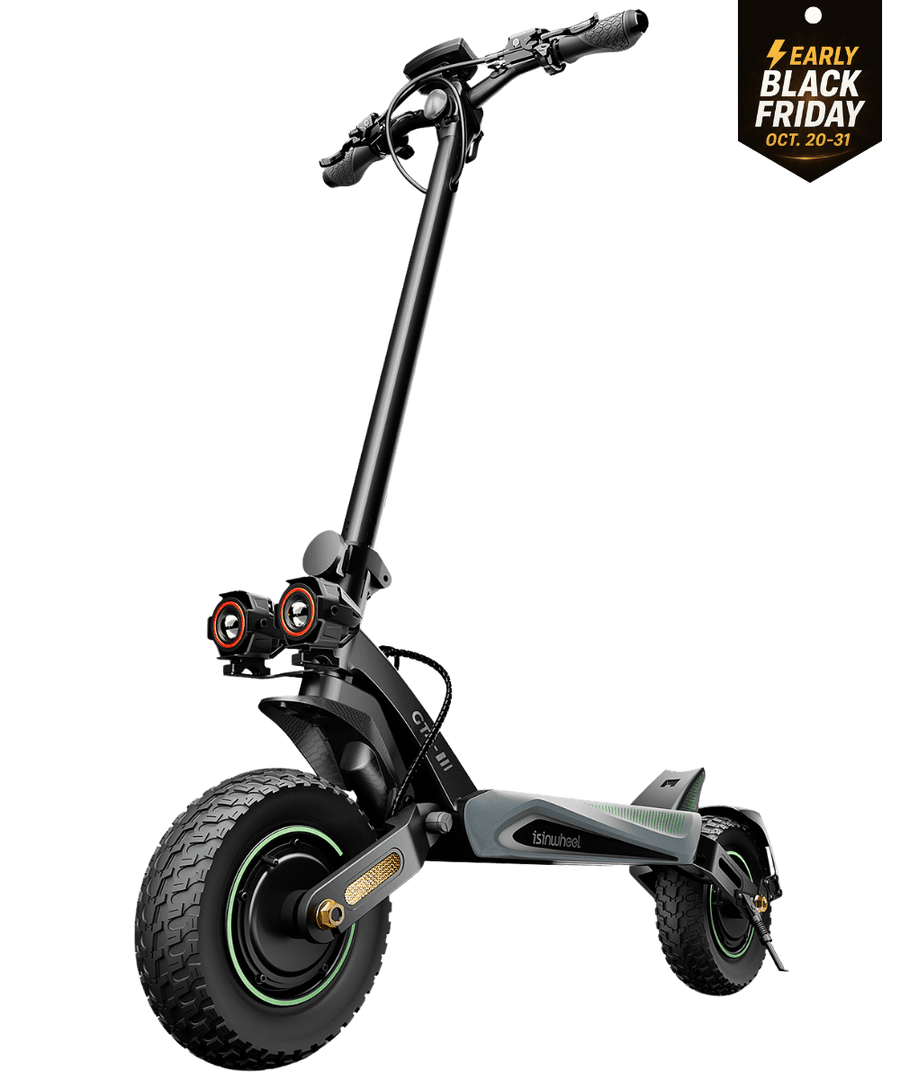
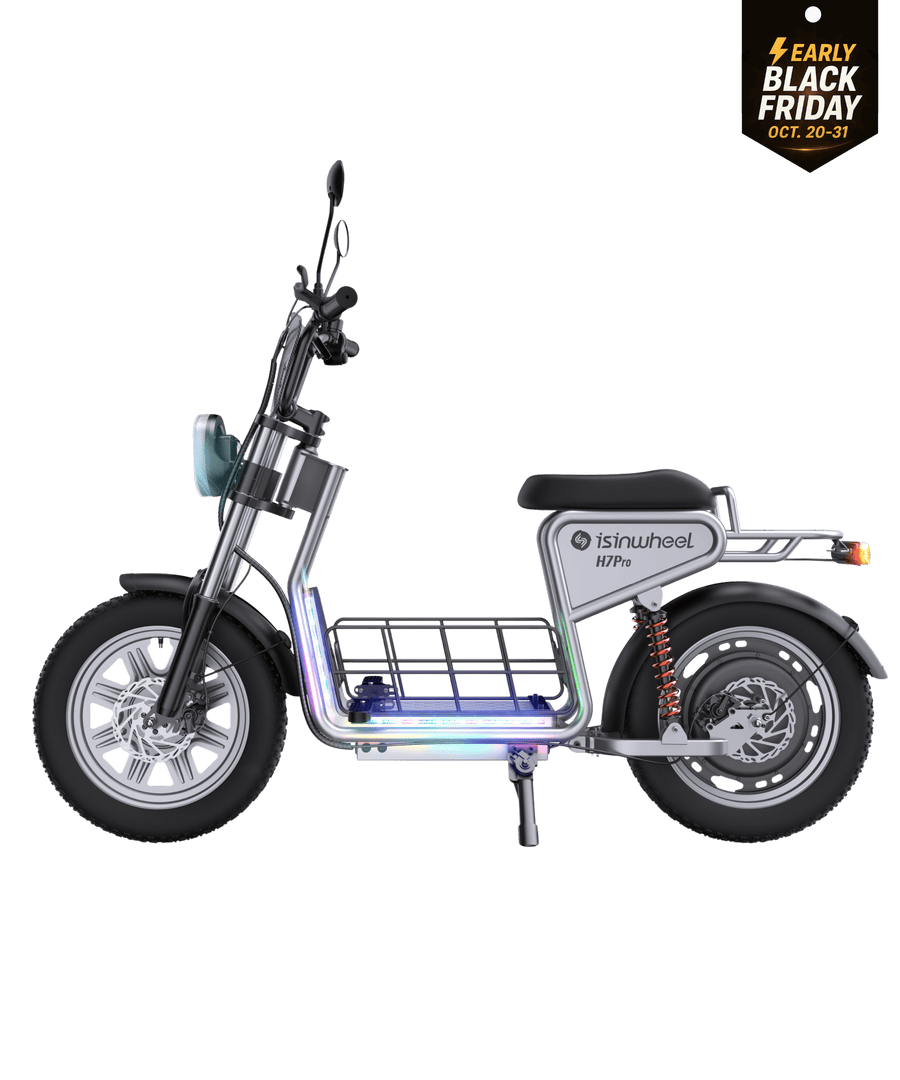
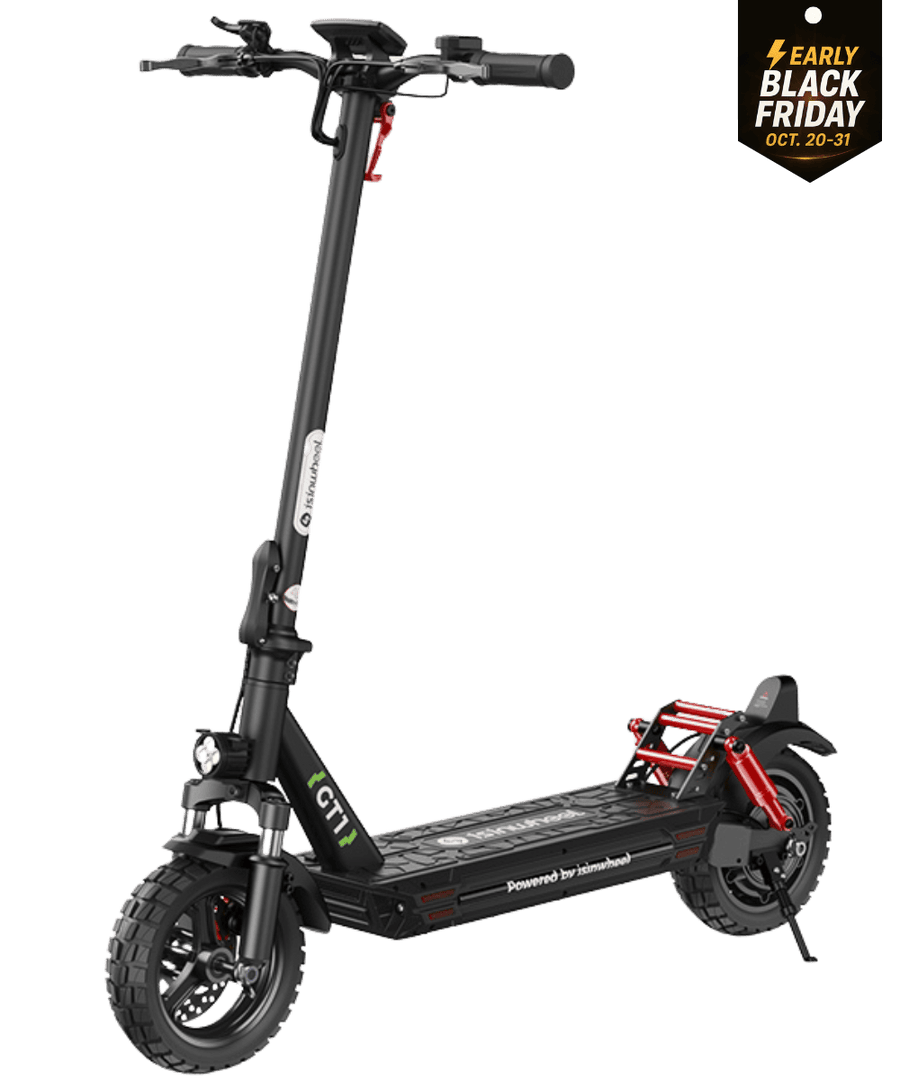
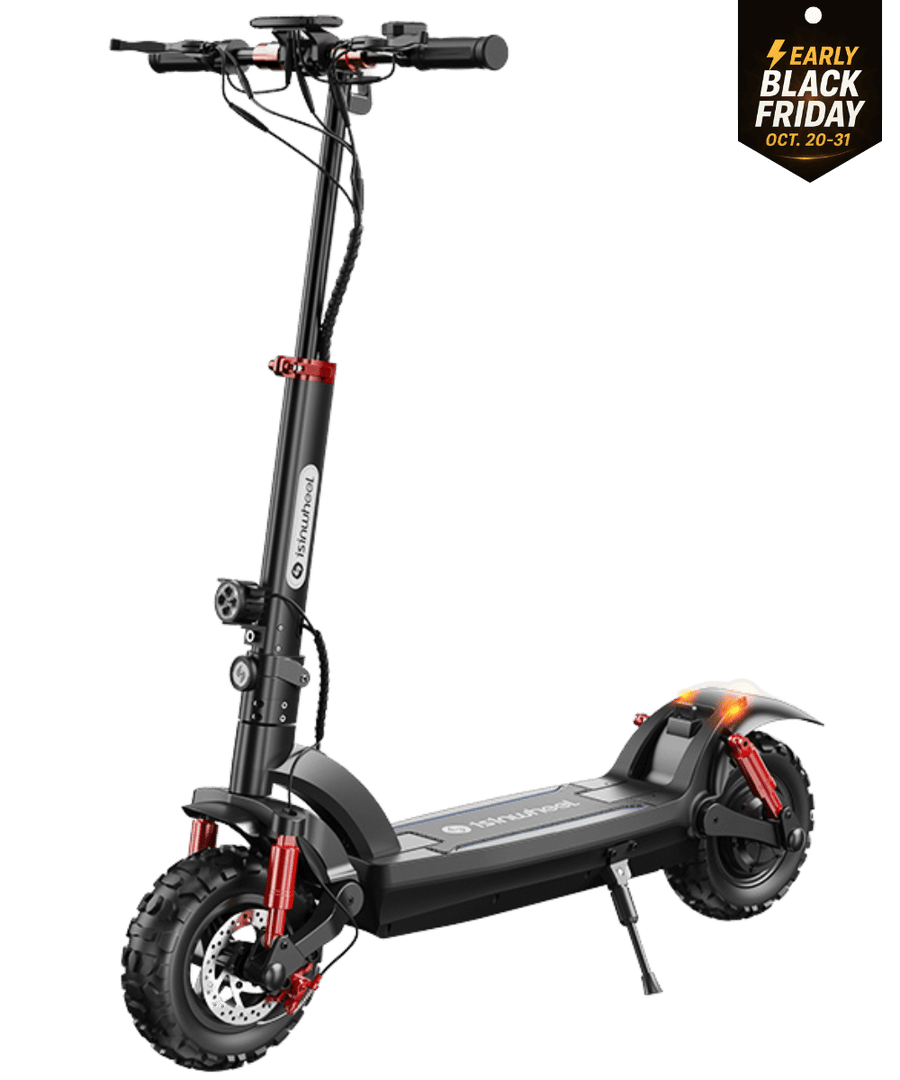
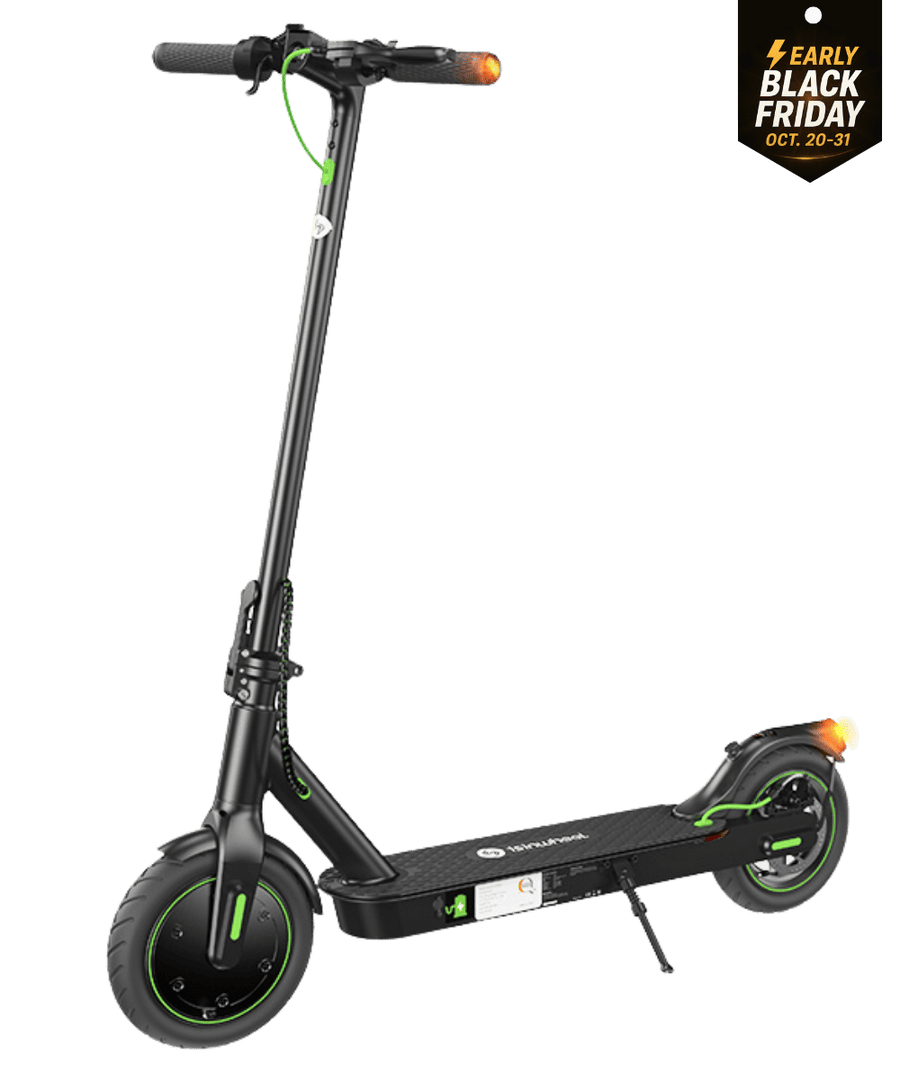
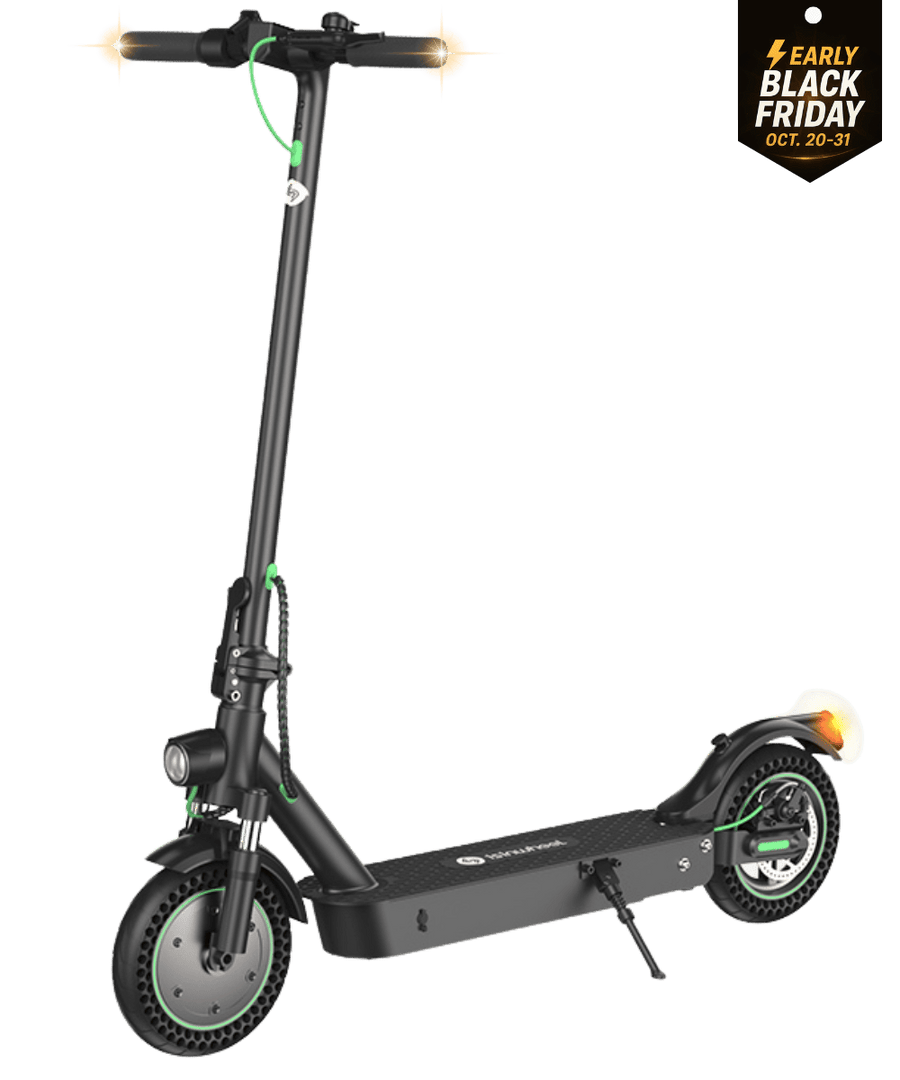
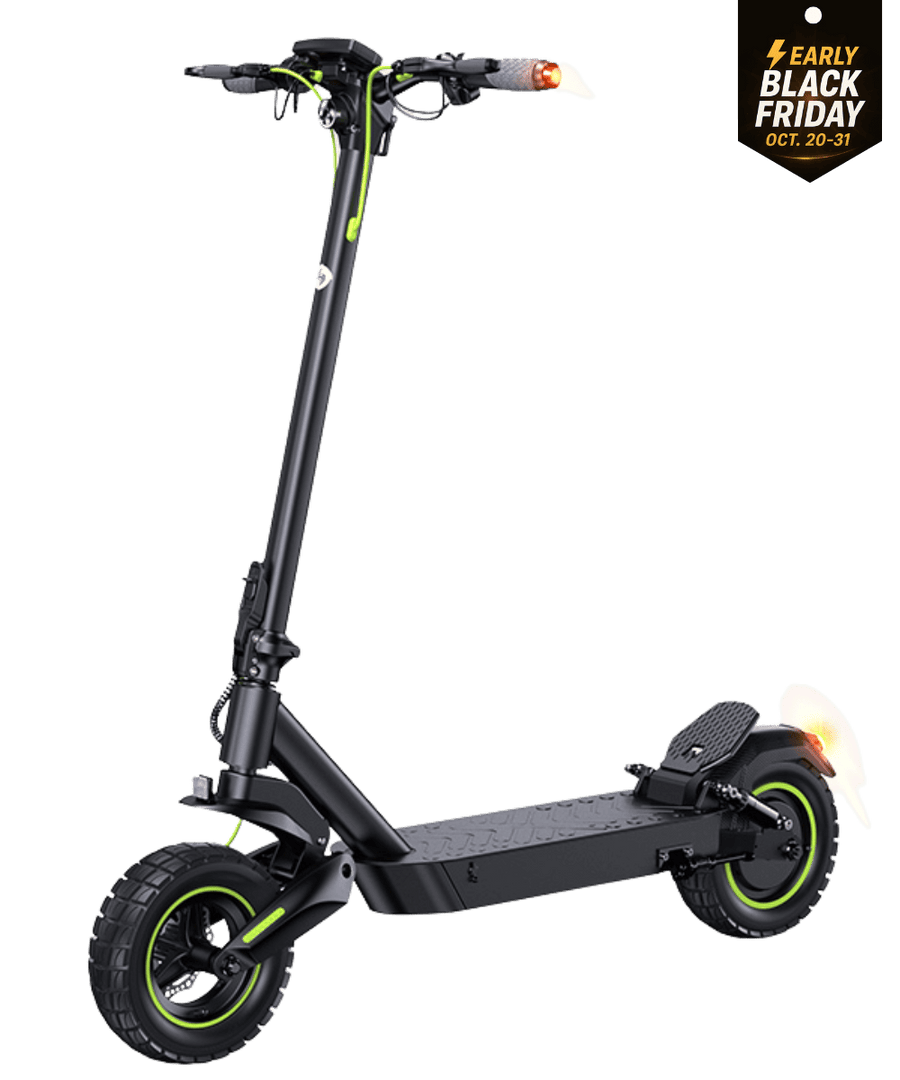
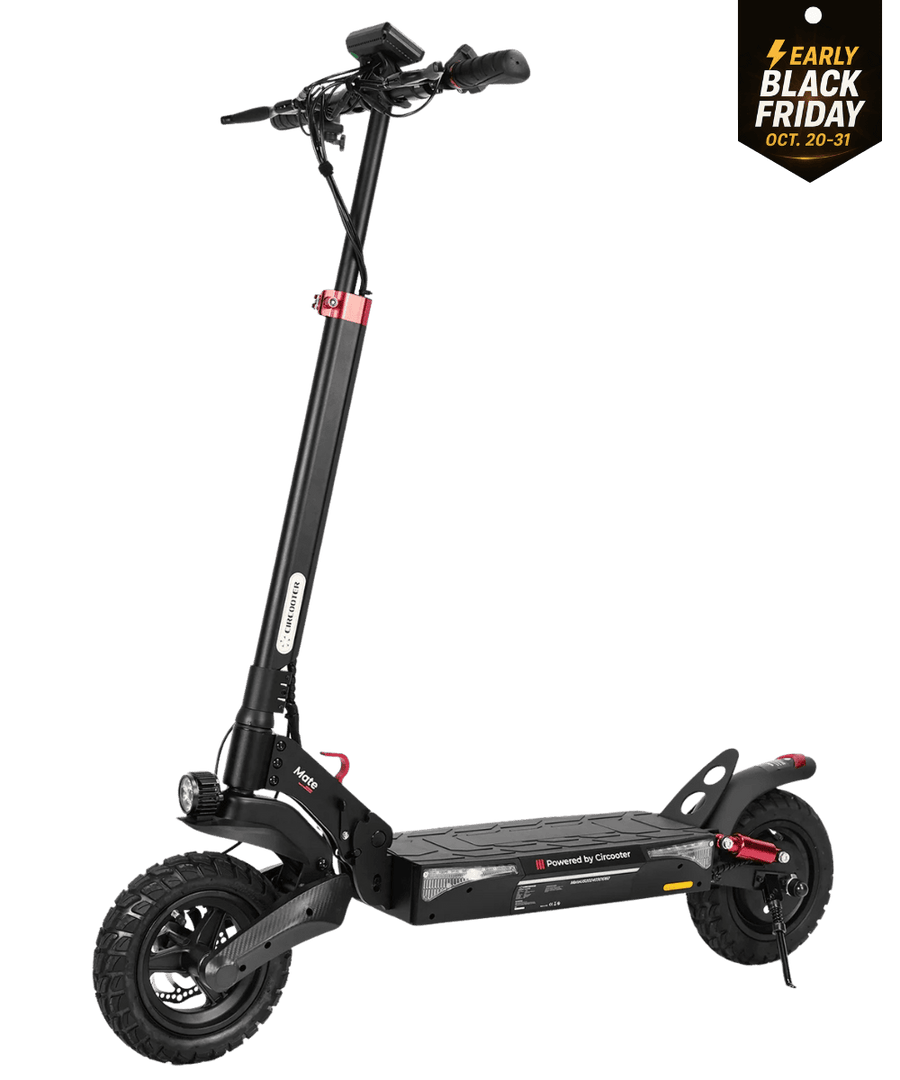
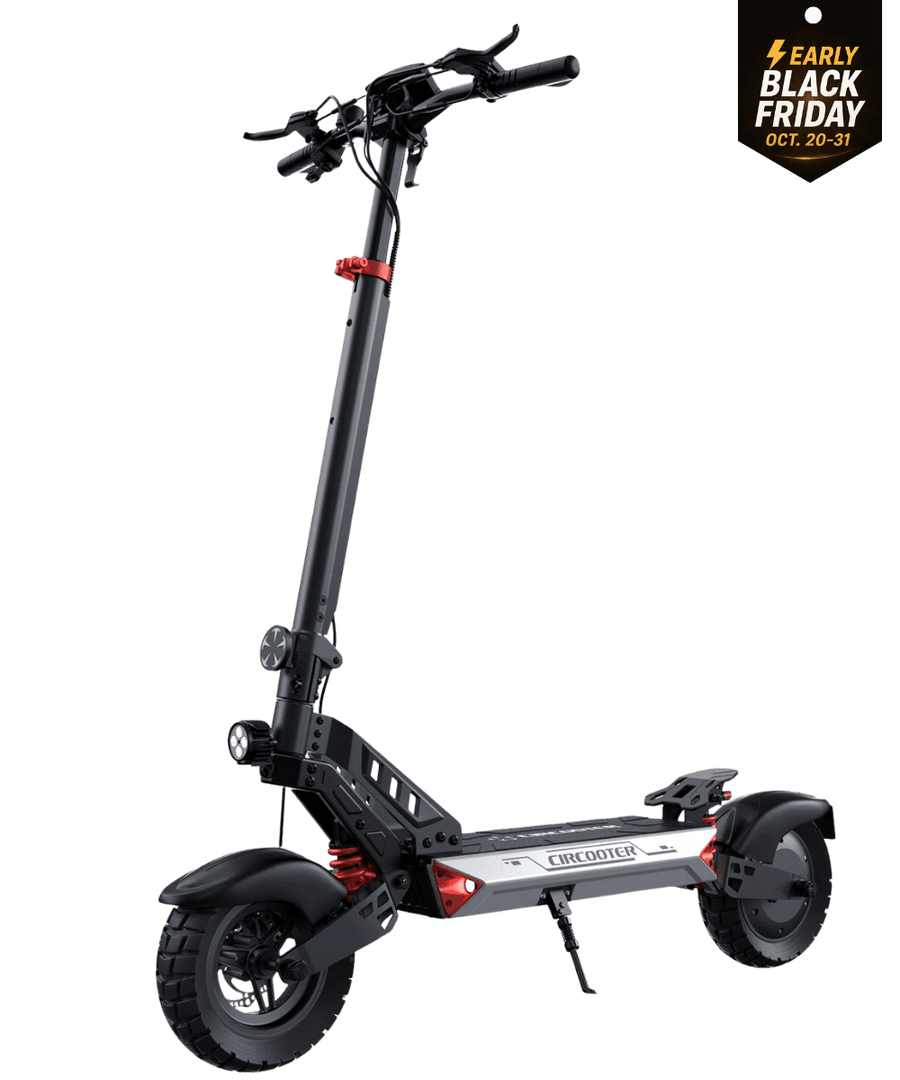
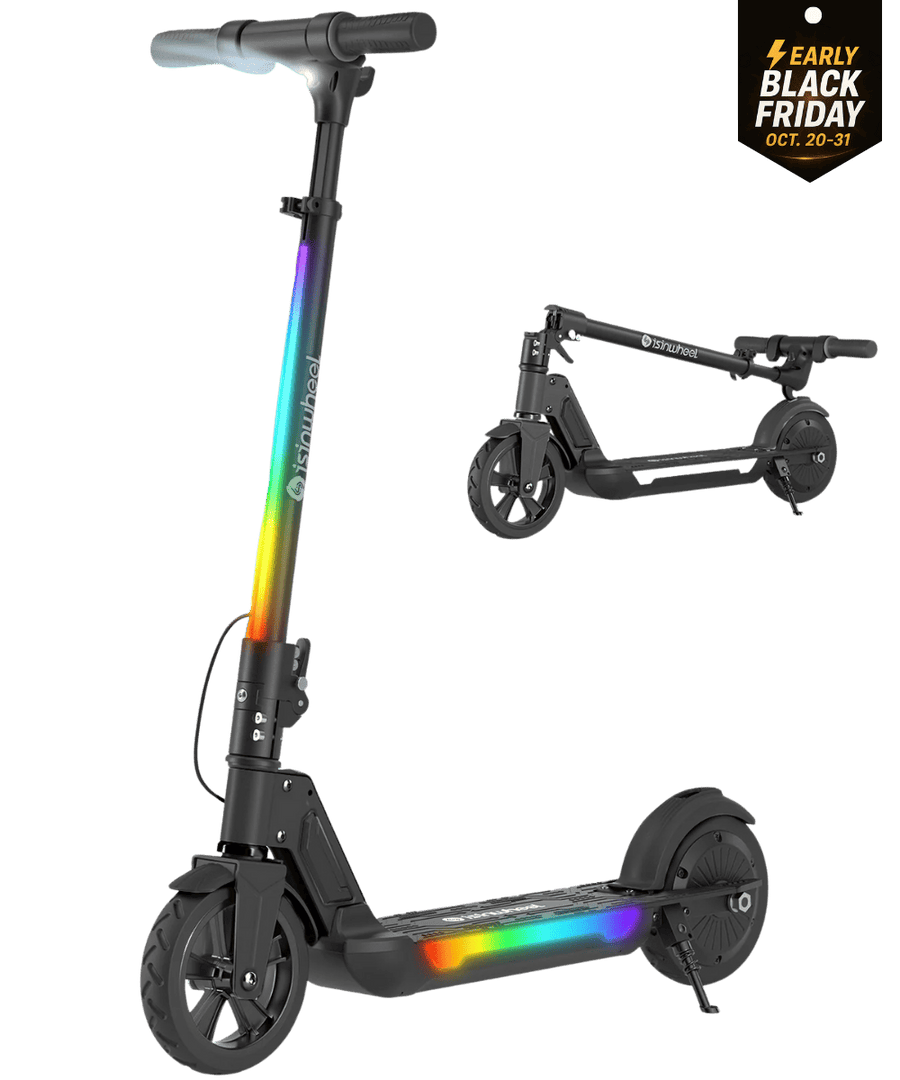
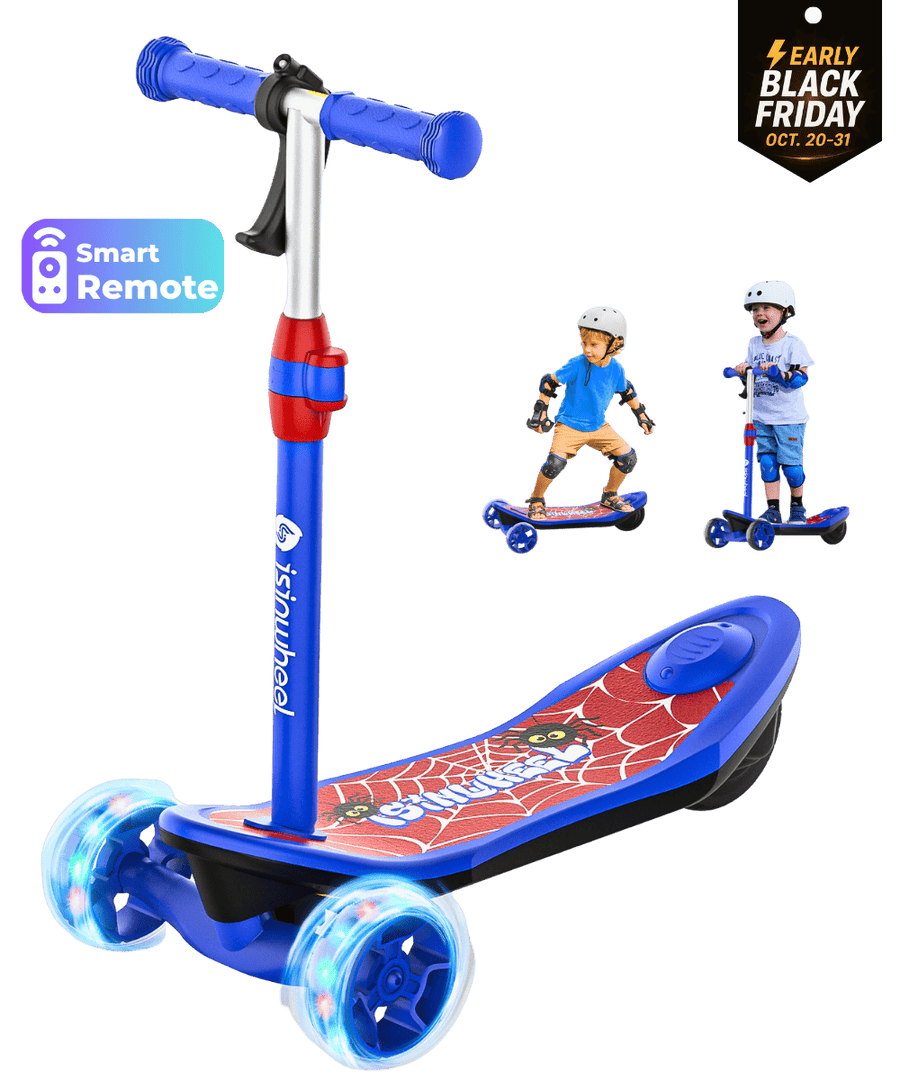
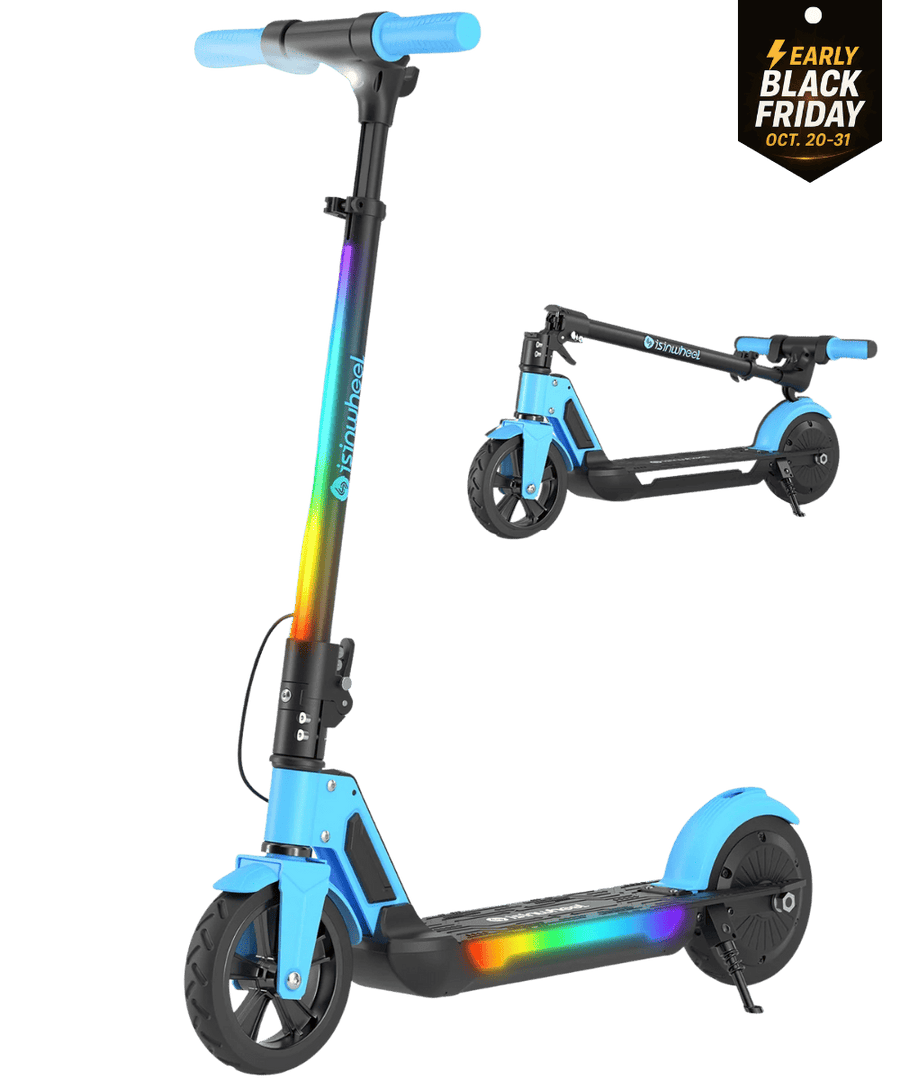
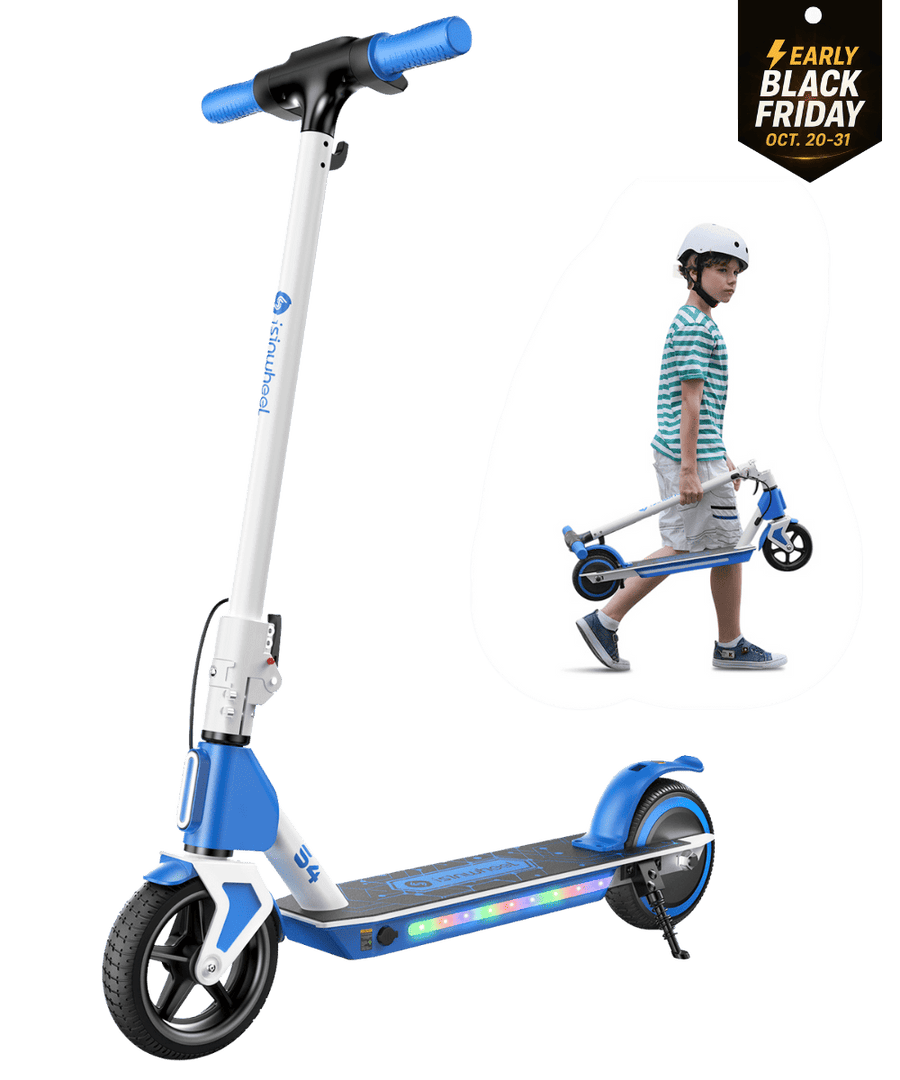
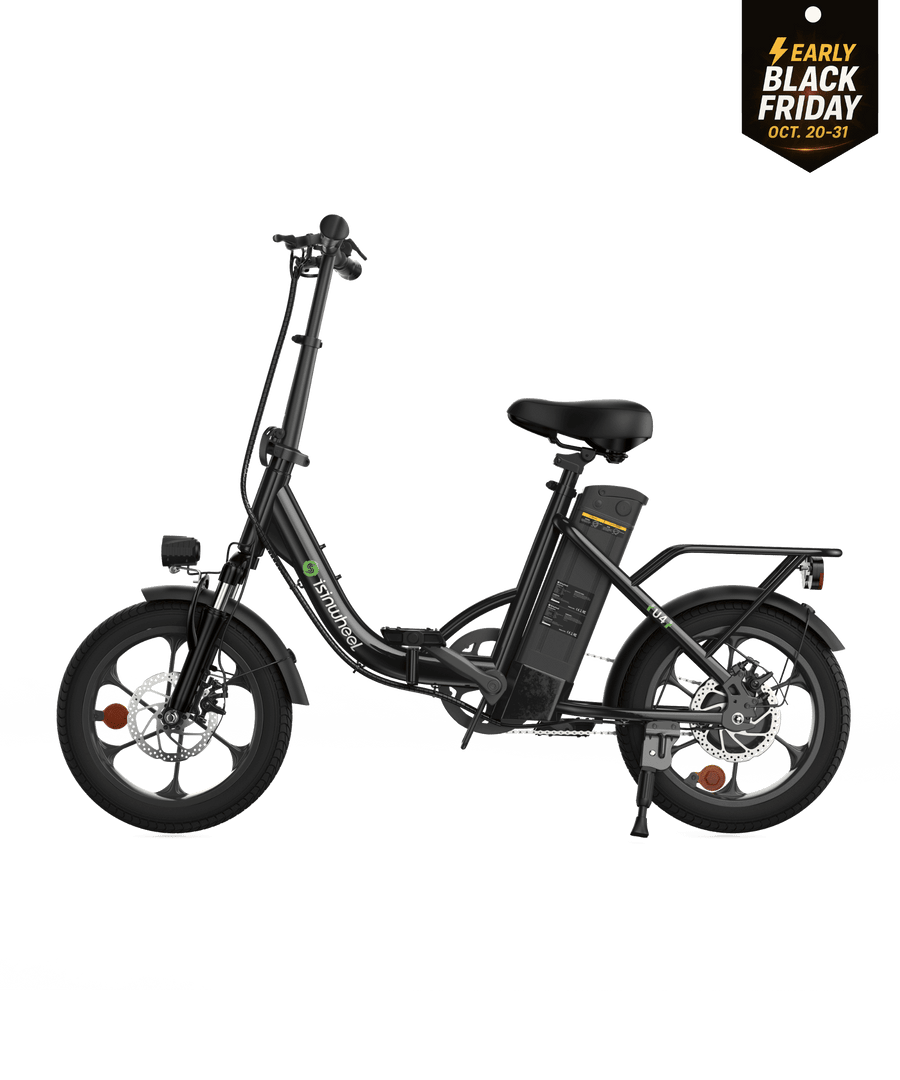
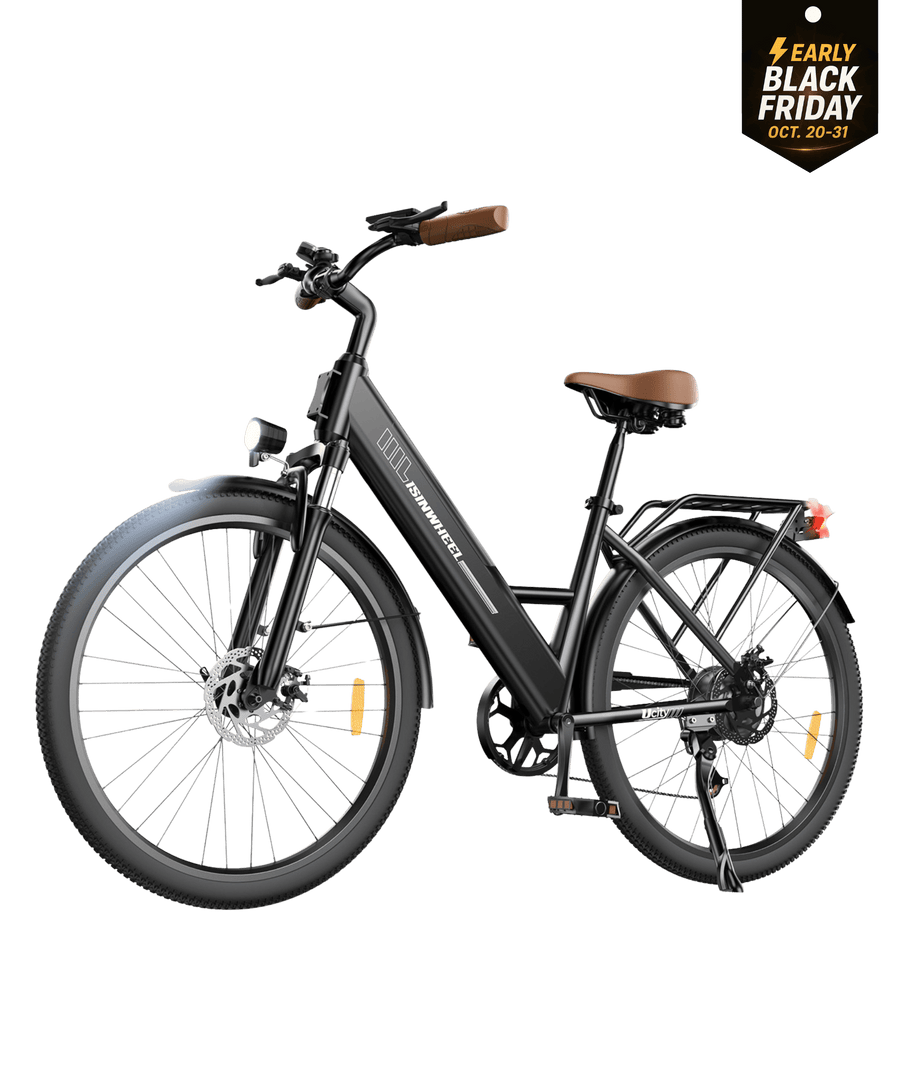
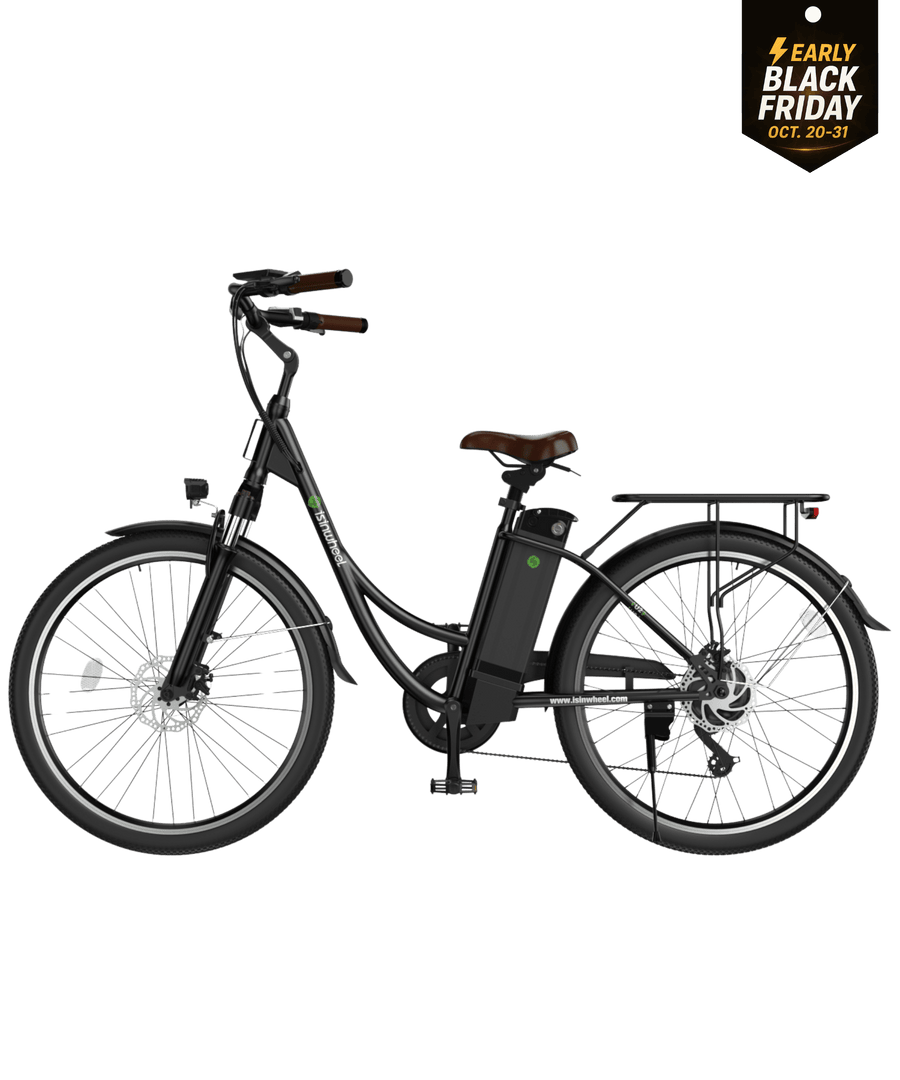
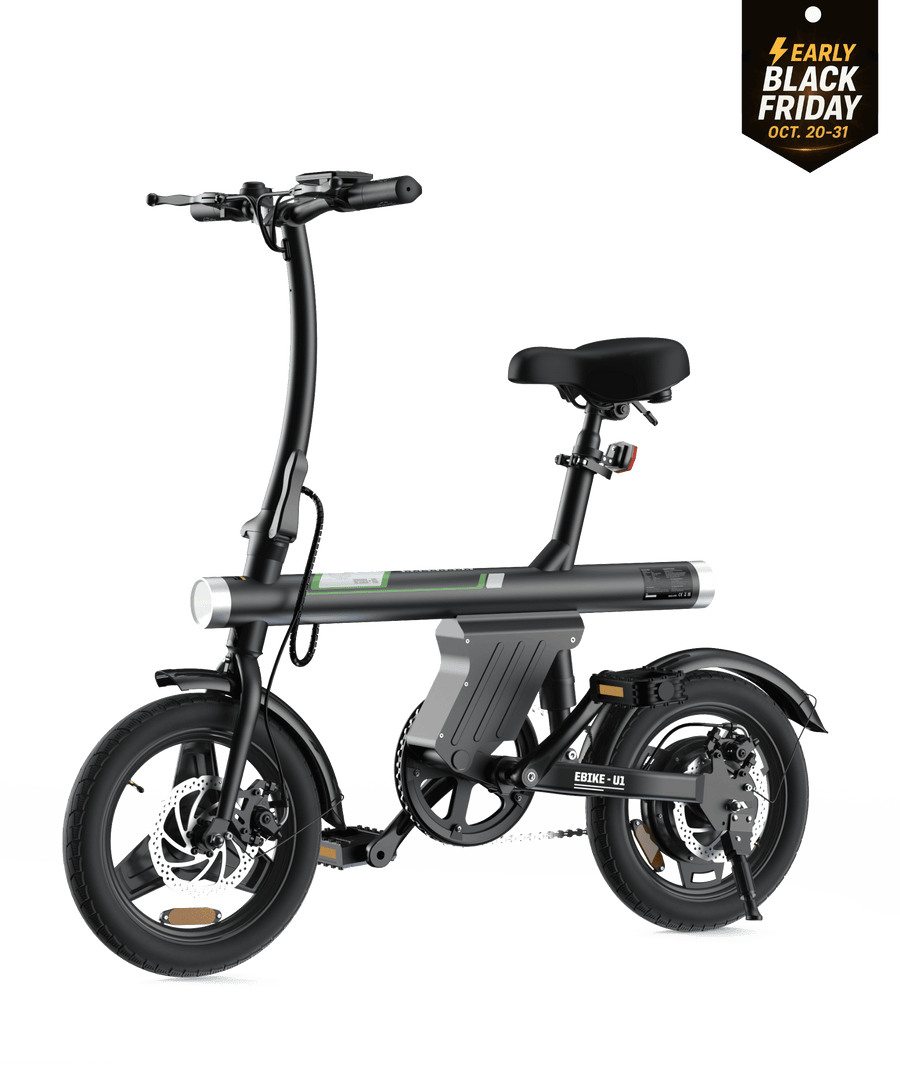
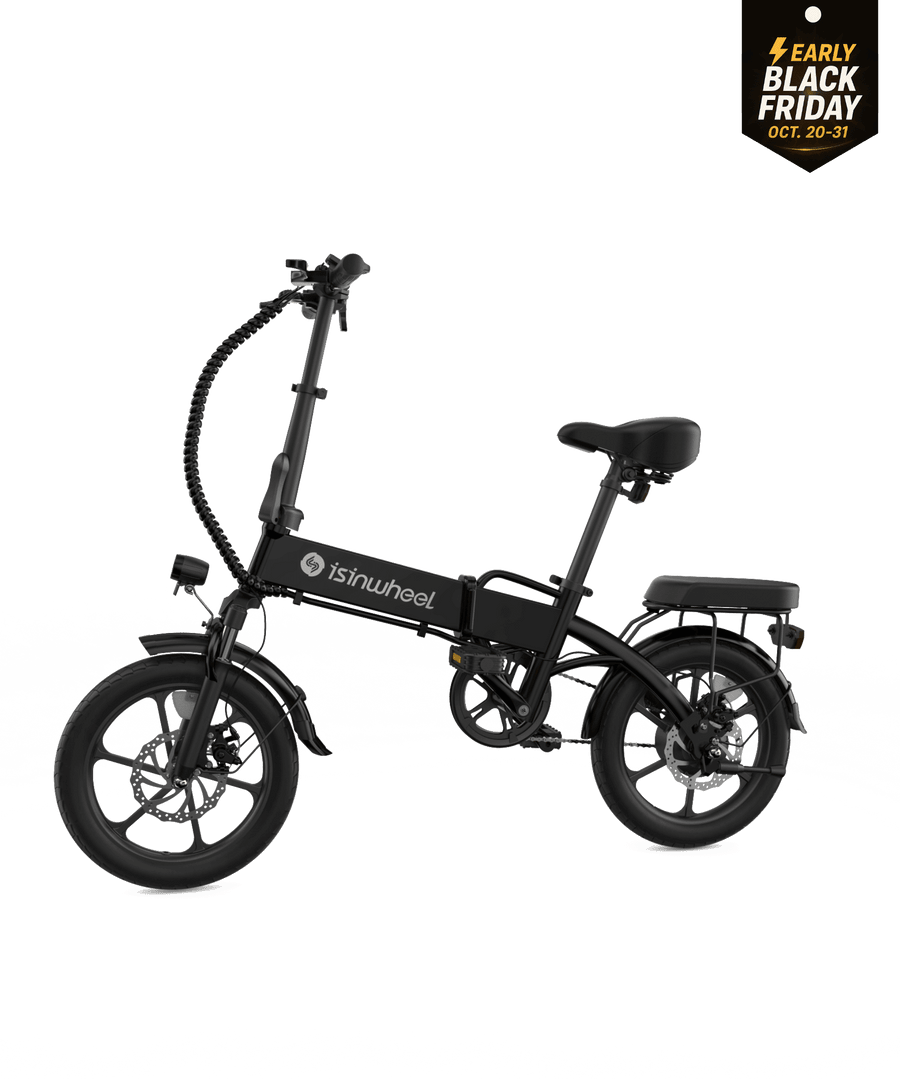
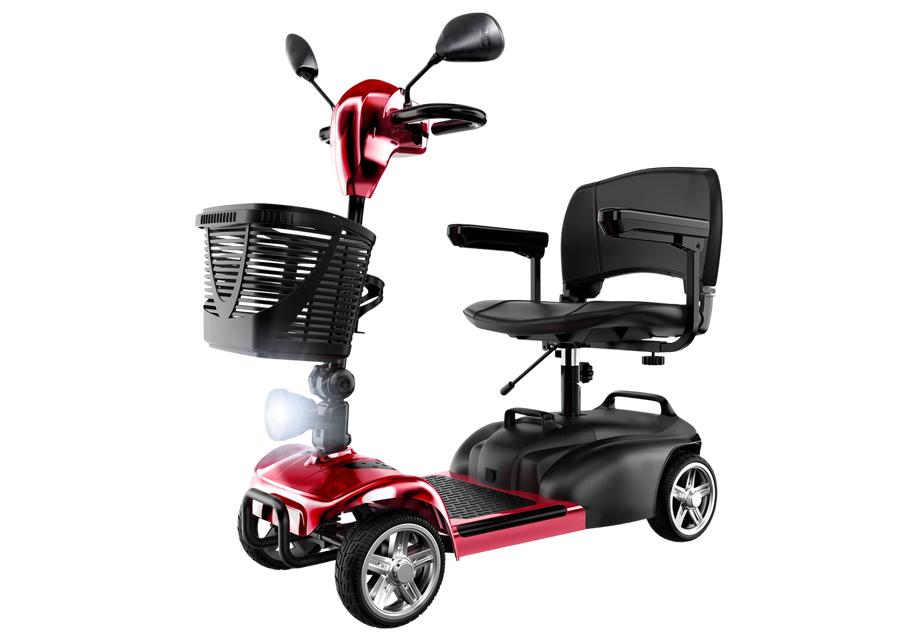
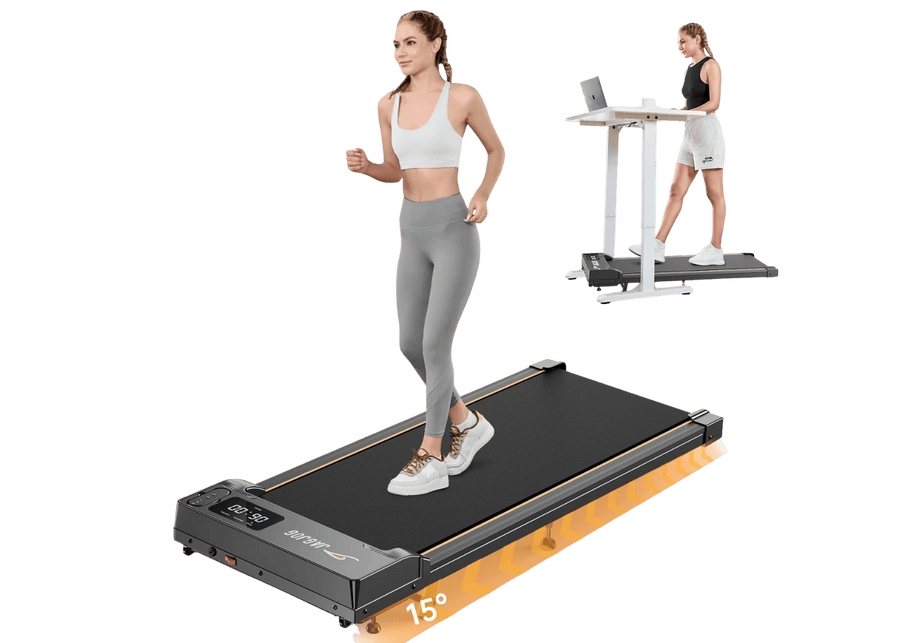
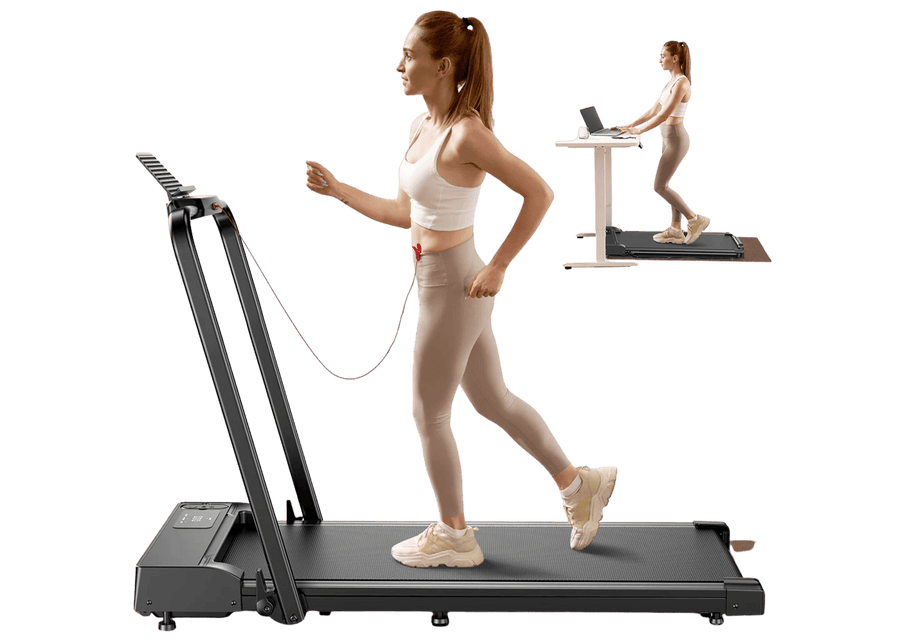


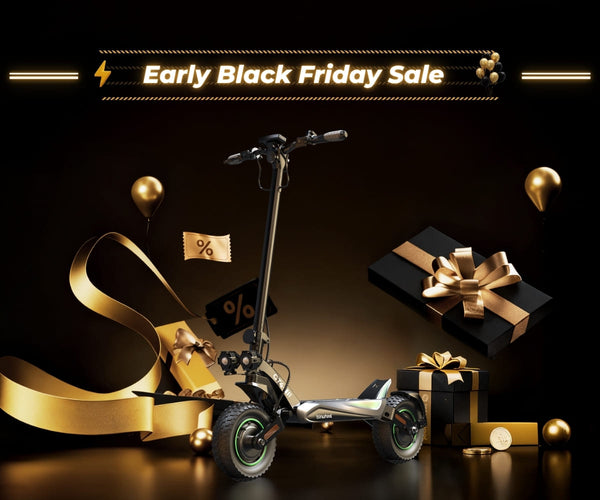

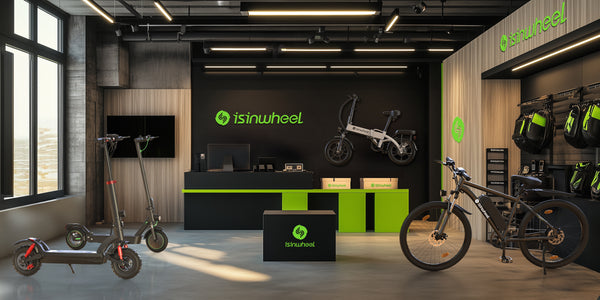
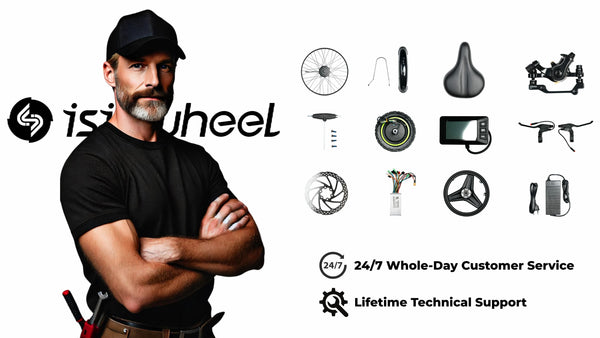
















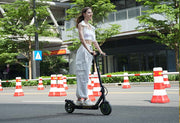
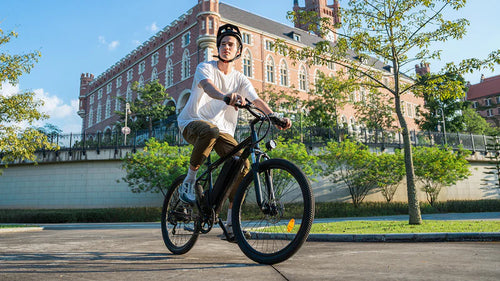
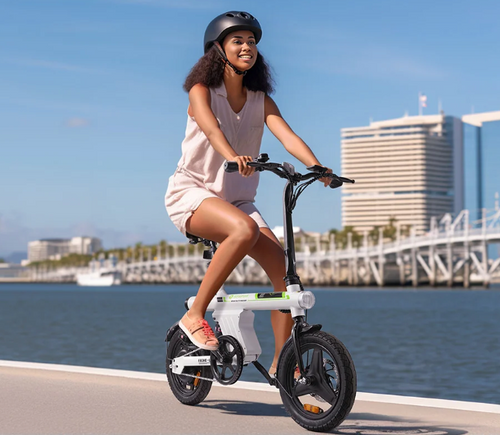
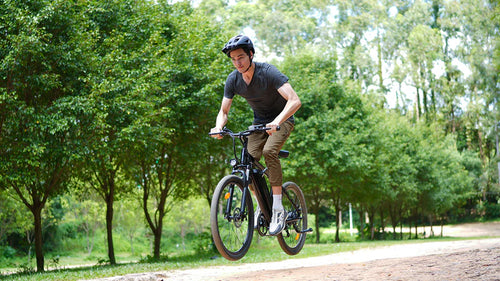
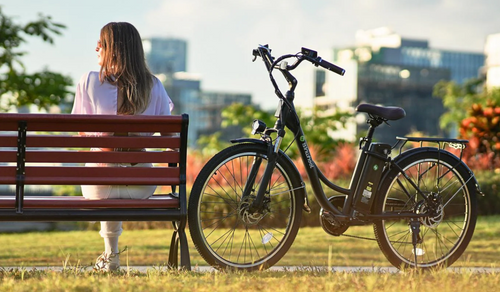
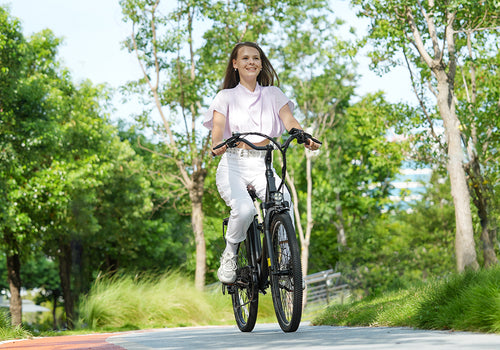
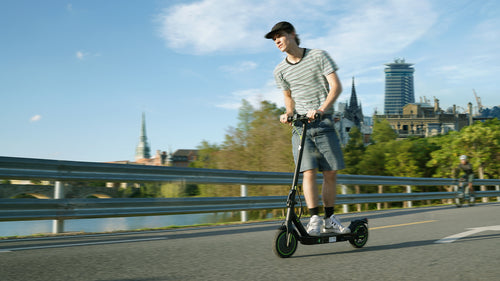
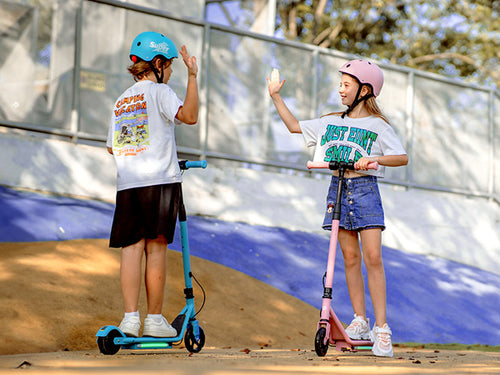
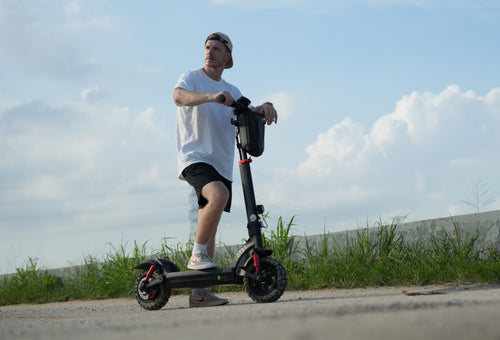
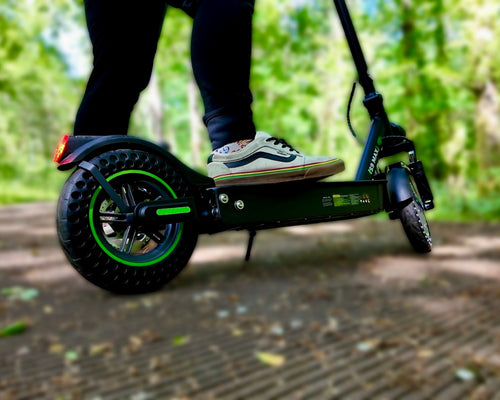
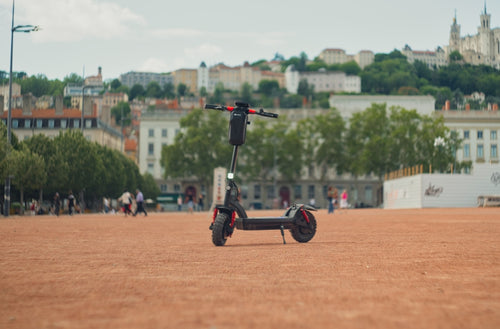
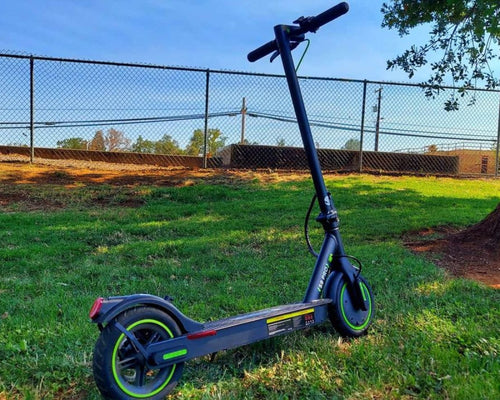





Leave a comment